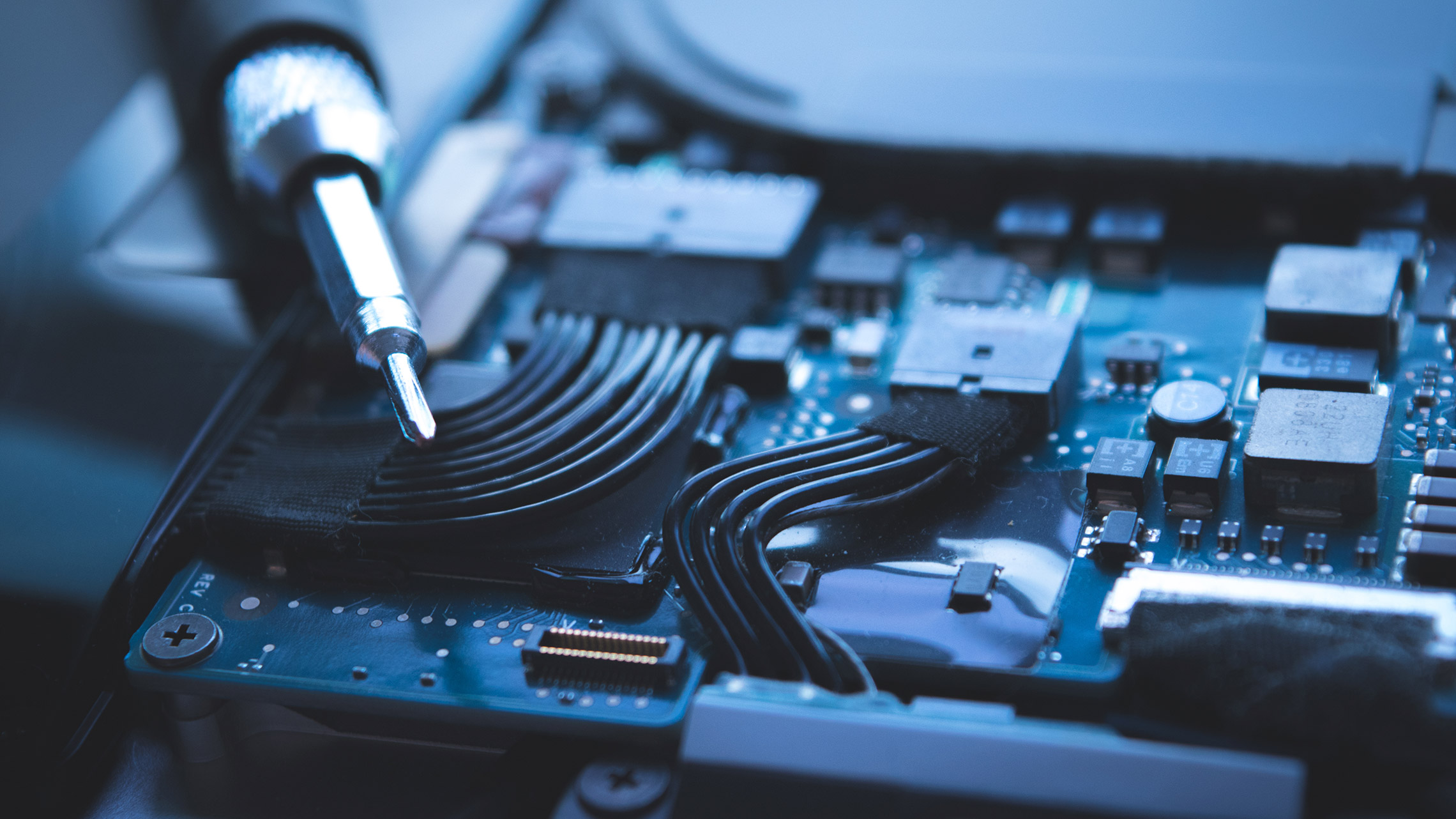DEEC TALK: how to use artificial intelligence to make smart grids more efficient
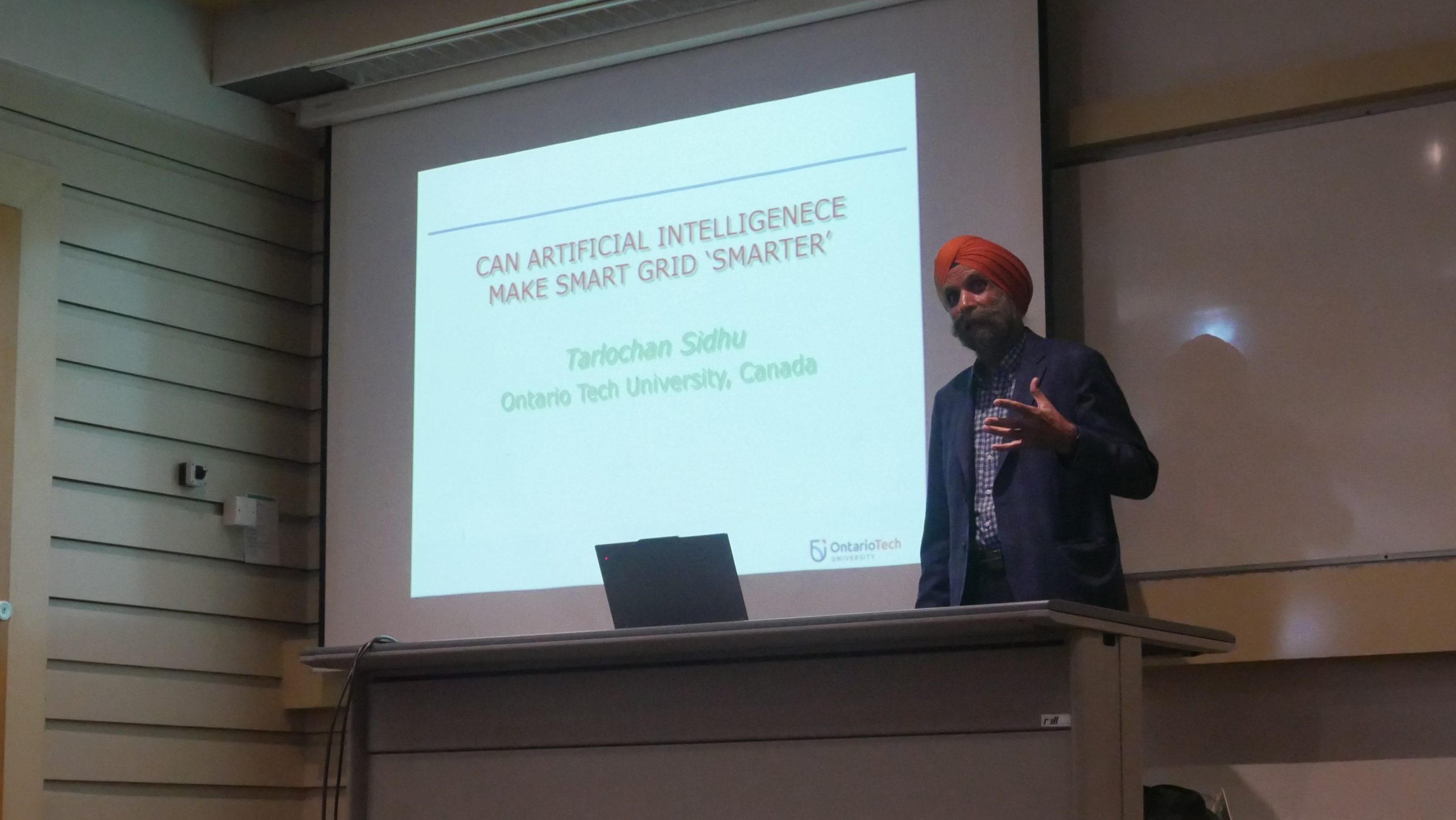
On April 9, the 2nd DEEC TALK took place, where Dr. Tarlochan Sidhu delivered the lecture Can Artificial Intelligence make Smart Grids 'Smarter'?. The presentation was introduced by Professor Ayman Radwan, who welcomed the speaker.
Dr. Tarlochan Sidhu is currently a professor at Ontario Tech University, where he served as Dean of the Faculty of Engineering and Applied Science from 2012 to 2020. He has published over 300 papers, holds several international patents, has delivered numerous invited lectures, and has provided consulting services to power industries worldwide. He is recognized as an expert in smart grids, substation automation, and microgrids, and has also contributed technical leadership to international working groups, including the IEEE Power System Relaying Committee (PSRC) and CIGRE (France).

On the other hand, there has also been a growing investment in renewable energy, where systems are increasingly decentralized and there are more energy producers. In other words, energy production takes place at various scales, adapted, for example, to specific regions, and energy flows in two directions — the end consumer not only receives energy from the power grid but can also supply it back to the grid, which presents new challenges.
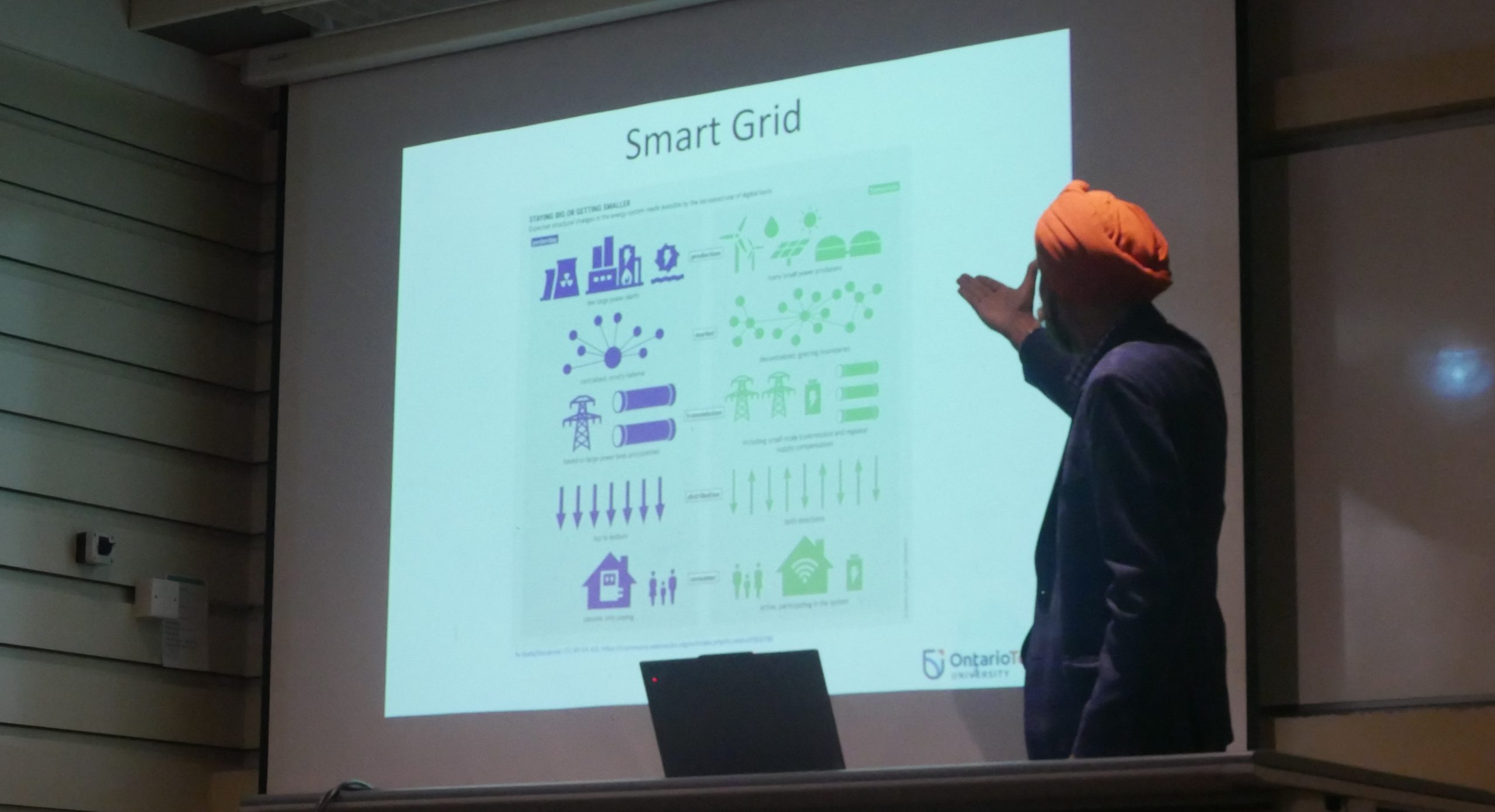
But how can artificial intelligence be used? The fundamental technologies of AI include machine learning, language processing, robotics, generative AI, and knowledge representation through systems—technologies that, in smart grids, could be used to develop tools that support the power grid with goals such as forecasting and optimizing resources. In this way, AI is trained to learn patterns through data collection and analysis, machine learning of patterns, and language processing, providing efficient responses related to energy management, including in situations of grid failures.
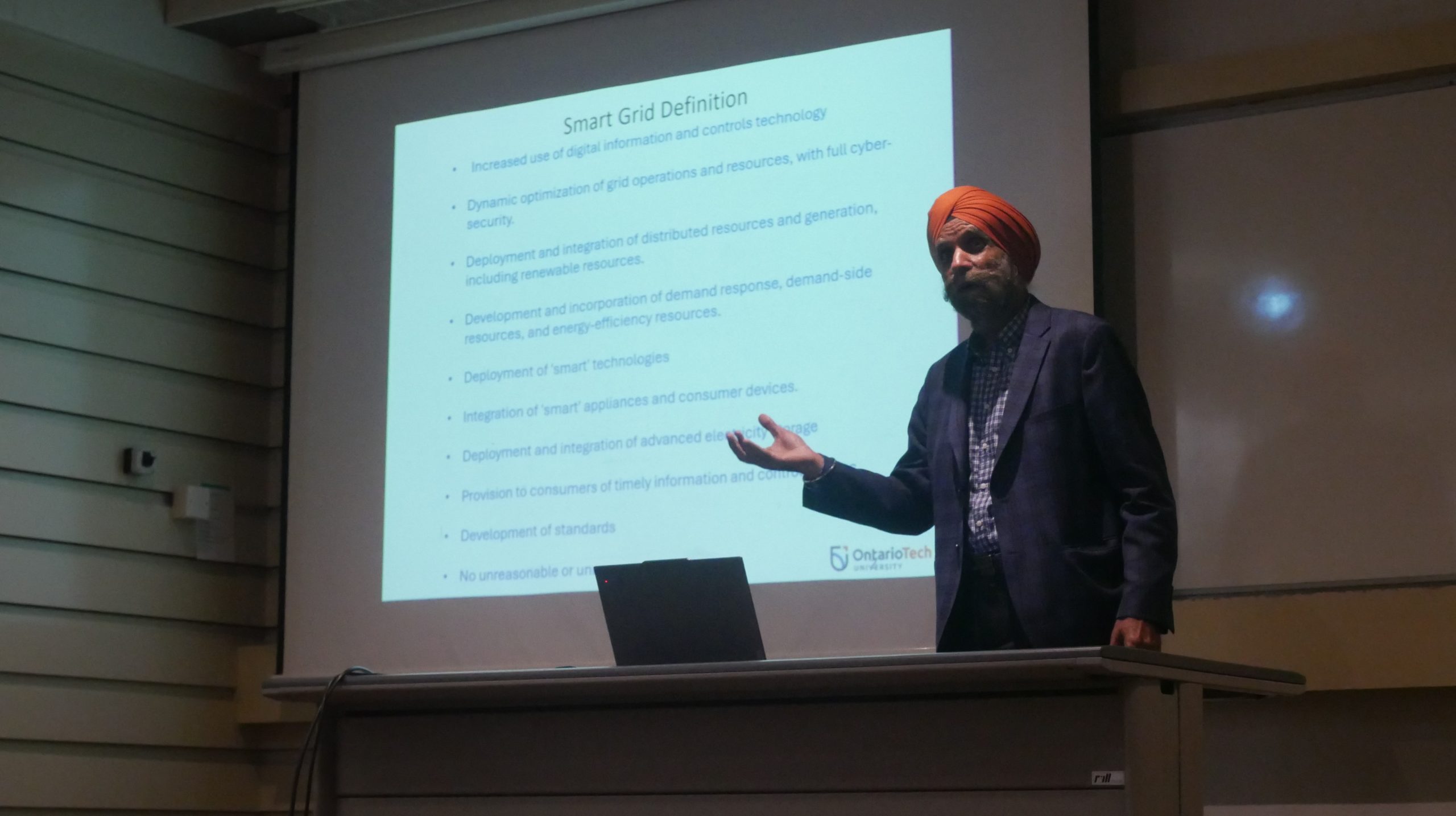
To better explain this concept, Dr. Tarlochan Sidhu mentioned an example from a study he was involved in, which raised the question of whether it would be possible to use deep learning and neural networks—where the system learns patterns and repeats them—for the management of energy distribution lines, considering faults in their operation. In this way, data was provided so that artificial intelligence could gain the ability to detect faults in real time, determine their direction—whether the problem was on the load side (end consumer) or the power source—and adopt a protection strategy. However, although the system provided more efficient responses to the grid compared to traditional methods, maintaining performance during fault situations, it operated like a "black box," with the response process generated by AI not fully known, which the researcher pointed out as often being an obstacle for the industry. Later on, studies were also conducted to obtain possible explanations for the system's behavior.
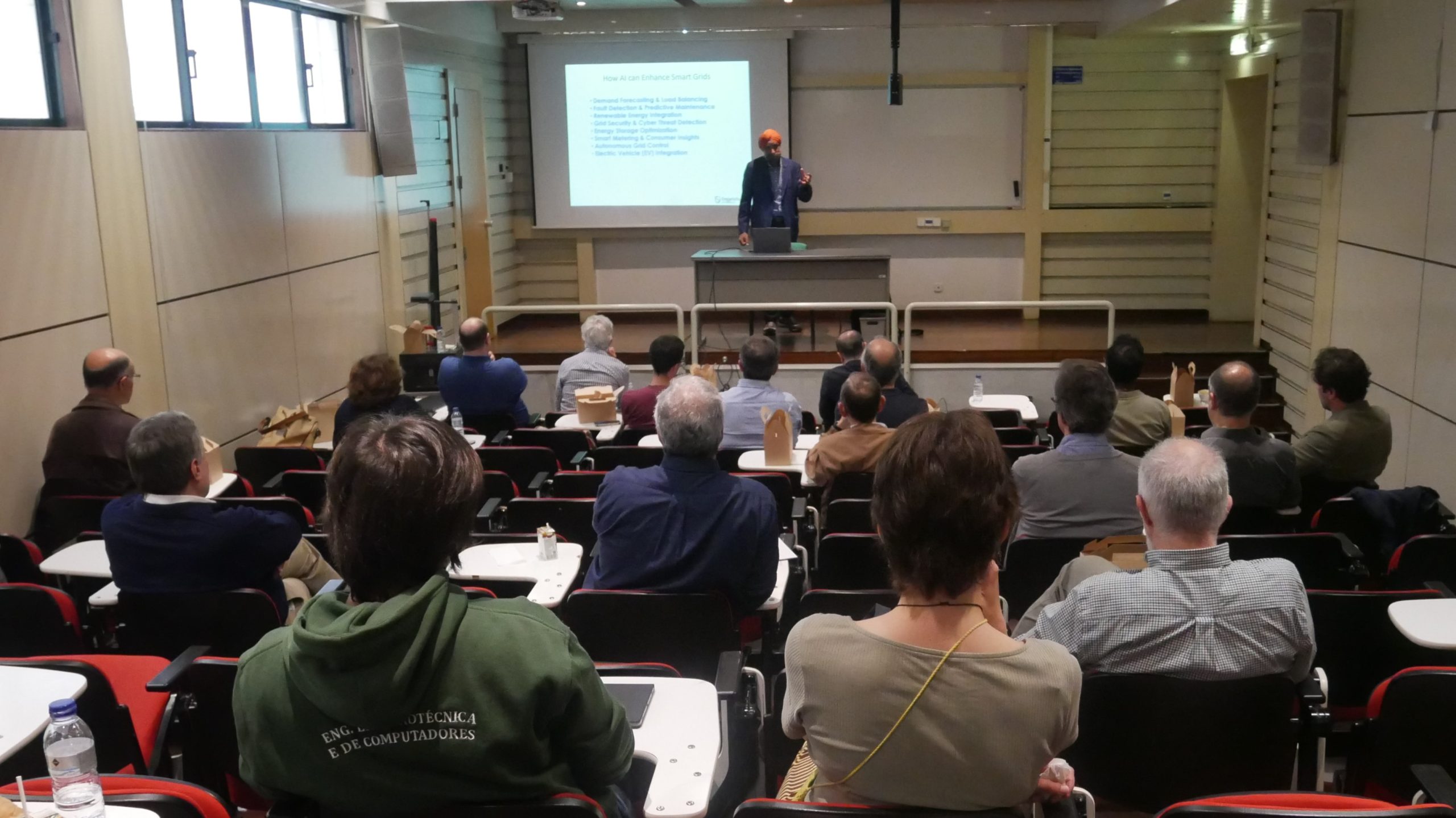
In this way, he emphasizes that AI, in addition to forecasting, can also play a role in load balancing, including fault detection and control of the power grid, aiming at the integration of renewable energies and electric vehicles. To achieve this, information collection is necessary, considering factors such as volume, communication speed, types of measurement, data value, quality, and accuracy, something that could be done by **smart sensors** that monitor the grid and respond to it.
Considering the different needs associated with the electrical grid in each region, Dr. Tarlochan Sidhu also spoke about the applications that could be developed, taking into account the global landscape, and the challenges in this area. Among them, besides the difficulty of general acceptance of AI mechanisms that are not explainable, the researcher highlighted concerns with risks that threaten cybersecurity, as well as issues related to ethics and privacy.

The lecture ended with the sharing of some testimonies regarding the perception of the use of artificial intelligence, highlighting some quotes from researchers such as Rodney Brooks, Director of the MIT Artificial Intelligence Laboratory and Computer Science Department.
What large language models are good at is saying how an answer should sound, which is different from what the answer should be.
Rodney Brooks
